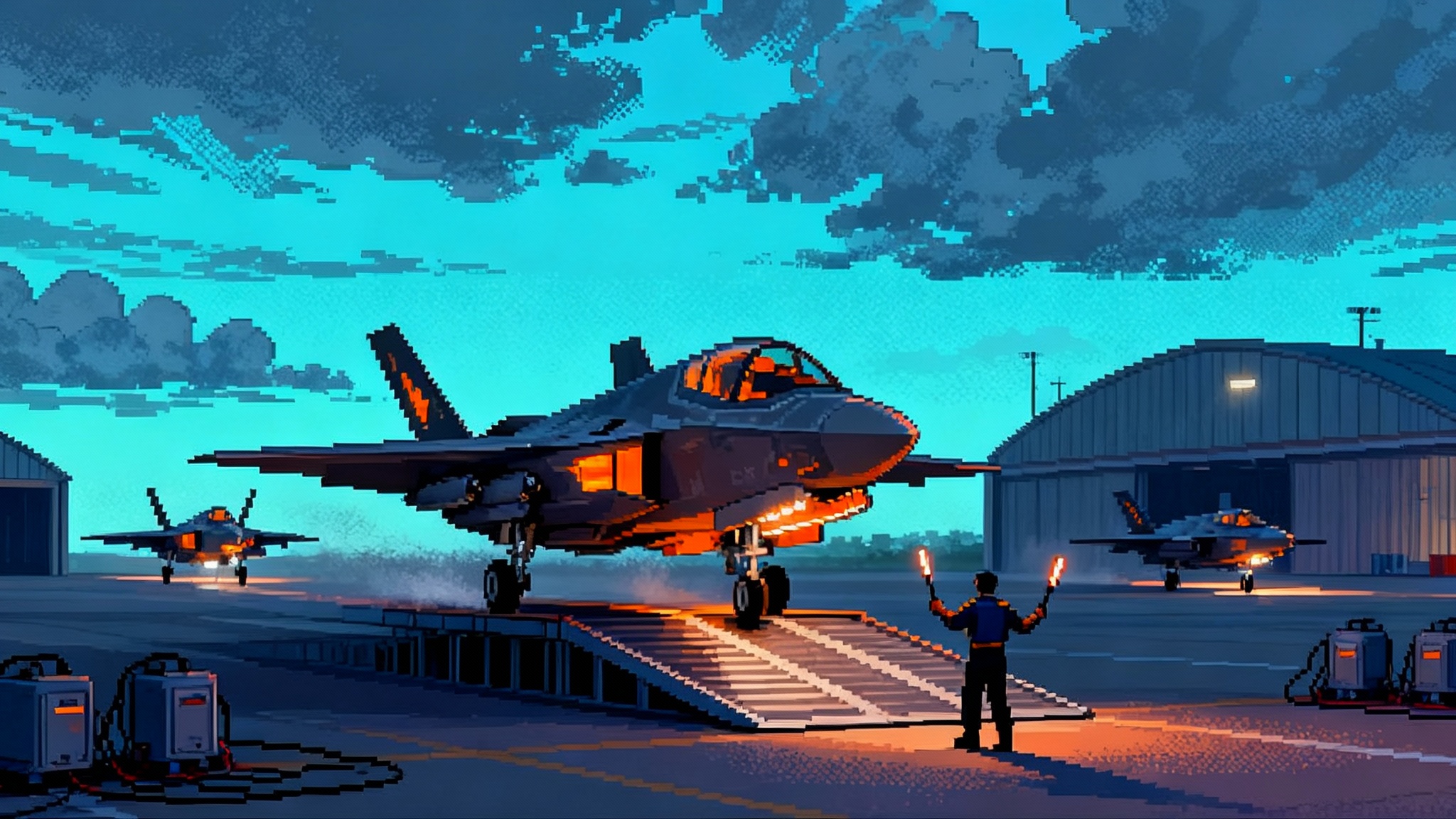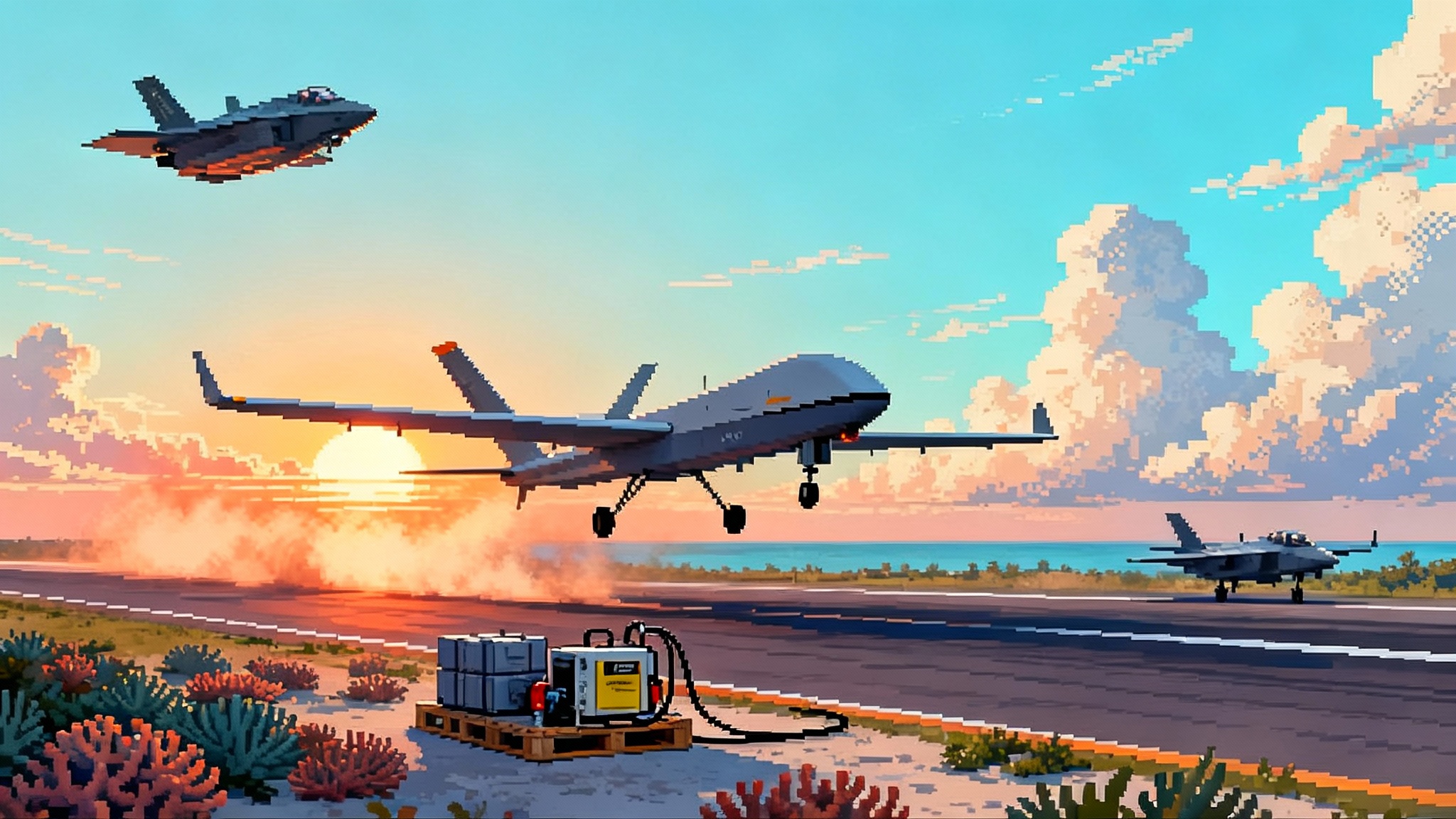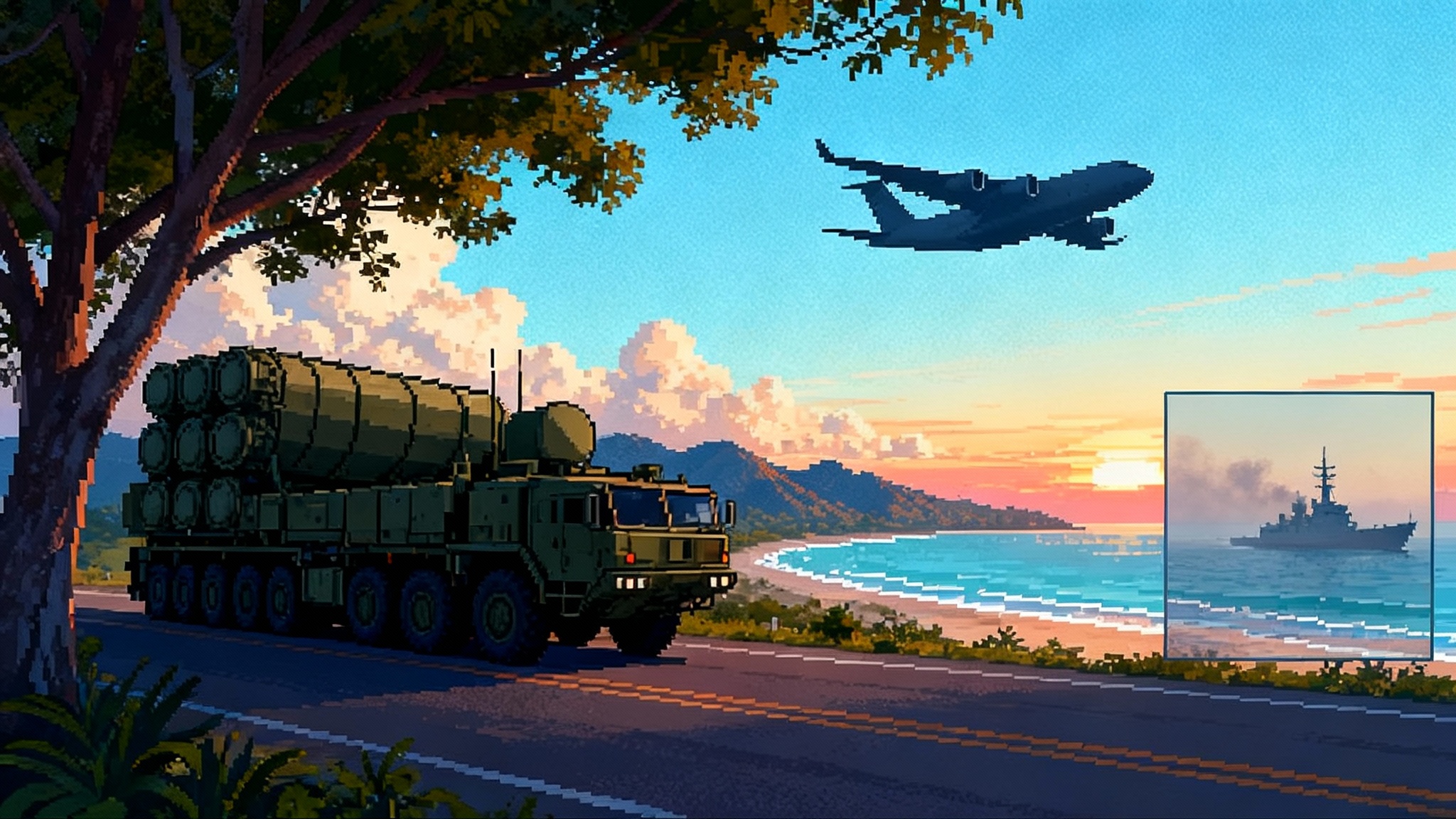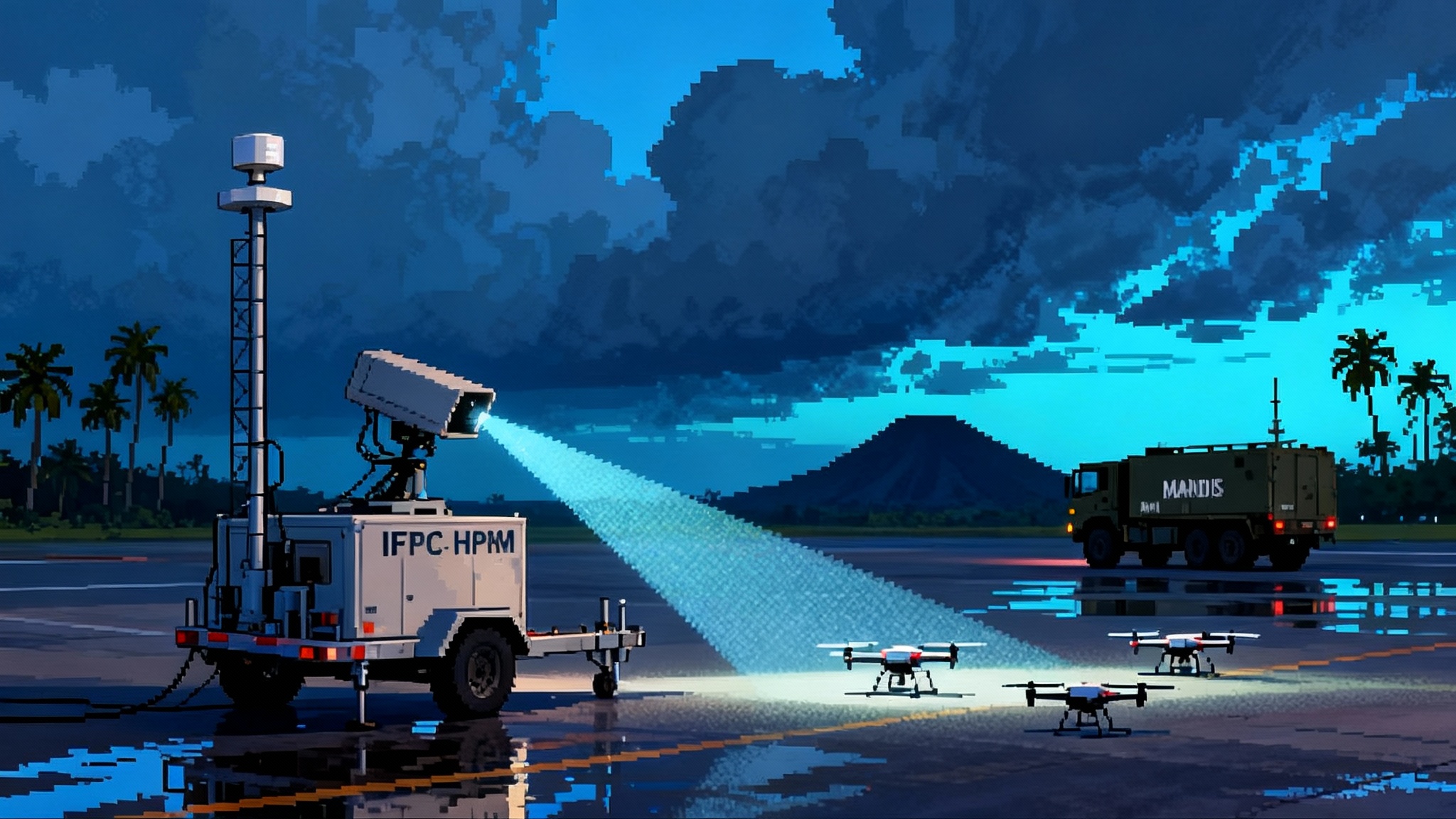F-35 TR-3 deliveries resume as full combat clearance slips
By mid-2025, F-35 deliveries with TR-3 hardware resumed under payment withholds and partial software. Here is what jets can do now, what is delayed, and how units should train, plan loads, and plug into IAMD while Block 4 matures.

The bottom line in mid-2025
F-35s are flowing again to units, but not with the fully mature TR-3 software load that unlocks the entire Block 4 roadmap. The Pentagon has accepted jets under a phased approach that keeps cash withheld while fixes arrive, a compromise that gets aircraft onto ramps without declaring the modernization complete. Public reporting this summer noted deliveries under payment withholds, signaling progress without final acceptance of everything promised in TR-3. See the details on the resumed flow and withhold structure in this report on deliveries under payment withholds.
That restart does not mean Block 4 is ready. The independent auditors tracking the program show Block 4’s scope and schedule have been refocused, with a thinned list of capabilities targeted for delivery first and others pushed right. Their latest review outlines a reduced near term aim and a longer runway into the early 2030s, with TR-3 remaining the gating item for many improvements. Read the milestones and adjusted goals in GAO’s 2025 Block 4 review.
This is the context for commanders and crews planning the next 12 to 24 months: jets are arriving with better hardware, incremental software, and a path to more capability. The question is how to employ them today while building toward the next software drops.
What frontline squadrons can actually do now
Think of the current TR-3 baseline as a faster brain with software that is still being matured. Hardware brings more processing headroom and display upgrades, but the features that require that headroom are arriving in steps. In practical terms, a squadron receiving TR-3 jets in the second half of 2025 can do the following with confidence:
- Fly the full portfolio of core air policing and defensive counter air missions using the current integrated sensor fusion, AIM-120 and AIM-9X, and day or night precision guided munitions already cleared on earlier baselines.
- Conduct strike against fixed and some mobile targets using established weapons like JDAM and SDB I where cleared, with the same low observable ingress, fused targeting, and offboard cueing that already make the F-35 valuable to joint fires.
- Act as a stealthy quarterback in contested airspace, harvesting and geolocating emitters, building a clean picture for shooters that are not survivable inside the threat ring, and passing sanitized tracks to surface fires and air defense nodes.
- Expand training in multi-ship tactics that emphasize passive tactics, emissions control, and triangulation to feed the joint kill web, rather than relying on individual platform lethality.
Where to be cautious:
- Expect software stability and feature toggles to change across periodic drops. Treat each build as a mini fielding event. Update tactics, SOPs, and sortie profiles when the build changes.
- Assume that some Block 4 dependent weapons and EW modes will not be available for operational use until late 2025 or into 2026, pending software maturity and test clearance. Plan ordnance loads accordingly.
Allied operators and carrier air wings
Allies receiving Lot 15 and later jets are in the same boat: modern hardware with software that unlocks capability in tranches. That affects carriers and land-based wings differently:
- Carrier strike groups relying on F-35B or F-35C for the stealthy first look can continue to execute sensing, localization, and offboard cueing for shipborne missiles and air wing standoff weapons. Treat the jet as the forward sensor that keeps shooters outside the lethal envelope.
- Nations banking on new standoff munitions or specialized electronic attack options tied to Block 4 should plan for provisional tactics built around existing weapons and offboard effects. Consider mixed packages with legacy aircraft to carry ordnance that is not yet internal or cleared on F-35, while the F-35 supplies detection, identification, and targeting quality tracks.
How the timeline slippage shifts kill chain roles
The power of the F-35 has never been only about the bomb bay. It is about the quality of the fused picture and the ability to move that picture across the force. With full Block 4 sliding right, the platform’s near term role becomes even more about sensing, classification, and target-quality network contributions. That produces four near term shifts:
-
Sensor-first tasking. Package commanders should plan F-35 elements to spend more sorties building and validating the threat picture, rather than maximizing weapon tosses. This favors longer on-station passive collect and more emphasis on emission control.
-
Shooter separation. Treat the F-35 as the stealthy node that can pull down targeting to feed shooters with mass. Ground-based launchers, legacy strike fighters, and surface combatants benefit when the F-35 holds tracks and pushes timely updates. Consider how Typhon land-based SM-6 and Tomahawk can absorb the shooter role while F-35s hold custody.
-
Distributed kill webs. Because some advanced weapons are not yet cleared, do not wait on them. Use the jet to induce effects through others. Think ground-based HIMARS with anti-ship or long range surface fires, naval TLAM or Maritime Strike Tomahawk, or allied air assets carrying standoff kits. The F-35’s job is to keep the web coherent. For how space transport layers enable this, see Tranche 1 LEO mesh rewrites kill chains.
-
EW as a team sport. Advanced onboard EW options expand with Block 4. Until then, prioritize teamed effects with stand-in decoys, jammers, and unmanned systems. The F-35 supplies the real-time picture and coordinates timing.
Near term workarounds that matter
Here are practical steps operators can take now to squeeze more from the TR-3 phased entry while waiting for broader clearances.
Training
- Build a software-aware syllabus. Codify a short mission data and software change brief at the start of every fly day. Include a color code for feature maturity and known issues by build.
- Increase sim-to-sortie fidelity. Mirror current software builds in high-fidelity sims and run vignettes that stress fusion stability, track management, and degraded modes. Simulate the most likely offboard partners in your AOR so aircrew practice the right link behaviors.
- Emphasize advanced silent tactics. Train four-ships to prosecute intercepts with passive-only techniques, leveraging triangulation and time difference of arrival, while sequencing data handoffs to offboard shooters.
Weapons integration and load planning
- Optimize for what is cleared and abundant. Prioritize internal carriage of JDAM and SDB I for day-one survivability. For mobile targets, design flows that combine F-35 sensing with offboard laser designation, or assign a mixed package where a non-stealthy shooter carries the specialized weapon.
- Use standoff via partners while internal options mature. Pair F-35s with shooters carrying long range missiles on external stations. Keep the F-35 clean, survivable, and focused on target custody and datalink orchestration.
- Plan for dynamic reattack. Build playbooks where the F-35’s first sortie is picture building and target mensuration, with follow-on packages exploiting the now stable targeting data.
EW and IAMD interoperability
- Push high quality tracks to air and missile defense nodes. The F-35’s contributions to Patriot, NASAMS, and Aegis depend on timing and accuracy. The IBCS plug-and-fight for NATO model shows how integrated fires can commit on shared tracks with confidence.
- Rehearse cross-domain fires. Script events where F-35s cue a ground or maritime shooter through a single, named fires cell. This reduces friction in the middle of the kill chain and builds trust in the data.
- Treat emissions as a munition. Make a deliberate plan for when to radiate and when to remain passive. Tie emissions to specific kill chain moments rather than defaulting to always-on.
Procurement and industrial ripple effects
The decision to accept jets with partial software and withhold a slice of payment has second and third order effects:
- Retrofit burden. Jets delivered today will need field updates and, in some cases, hardware rework as TR-3 software stabilizes and Block 4 features arrive. Plan depot windows and spares accordingly.
- Budget smoothing. Withholds act like an escrow that will be released as performance is proven. This keeps cash pressure on the vendor while avoiding a hard stop in deliveries. It also complicates program cash flow and can ripple into supplier payments.
- Backlog burn down and training flow. Resumed deliveries clear parked inventory and feed the training pipeline. Units should expect a temporary mismatch between airframe arrivals and the availability of fully mature software. That means a heavier focus on conversion training and basic tactics for part of 2025, with combat mission sets expanding as software drops stabilize.
- Rebaselined Block 4 content. The auditors’ 2025 update indicates a leaner near term Block 4 set, with some capabilities deferred to later modernization efforts. That creates an opportunity to prioritize the capabilities that best enable joint fires and IAMD in the near term, but it also means some long planned weapons or EW modes arrive later than once advertised.
What to watch between now and the end of 2026
- Operational test gates. Track when dedicated TR-3 operational testing starts and which deficiencies close with each software build. Expect an incremental test narrative, not a single green light.
- Mission data file currency. The power of the jet depends on the currency and quality of mission data. Units should verify that MDF updates keep pace with software drops and evolving threat libraries.
- Interop at scale. Watch for large force exercises that demonstrate F-35 produced tracks closing kill chains through multiple services and allies in real time. That is the proof that the network value is compensating for deferred onboard weapons.
- Weapons clearances. Keep tabs on the specific weapons and stores gaining initial operational capability on each variant as TR-3 software matures. Expect some clearances to slide right while others pull left as integration teams prioritize what delivers immediate operational value.
Practical recommendations for commanders
- Set expectations. Communicate that the next year is about building the most reliable sensor and C2 contribution while the rest of Block 4 catches up. Tie success to joint effects produced, not only bombs dropped by the F-35 itself.
- Design packages around the network. Assign F-35s to hold target custody and manage the air picture while less survivable shooters deliver volume. Use the jet’s stealth to maintain eyes-on without spending radar exposure budget.
- Invest in crews as data tacticians. Make track management, deconfliction, and timing the heart of upgrade rides. Reward crews for clean, shareable tracks and for staying passive longer without losing target custody.
- Keep a living playbook. Update TTPs with every software drop. Publish a simple change log for operators that links build numbers to tactics, known issues, and workarounds.
The near term payoff
Phased TR-3 fielding is not the victory lap anyone wanted, but it keeps jets moving to the field while preserving leverage to finish the job. Units that treat 2025 to 2026 as the era of the stealthy sensor quarterback will still deliver decisive effects. When additional Block 4 capabilities arrive, those same crews will be ready to fold new weapons and EW modes into kill chains they have already mastered.
The measure of success will be simple. Are F-35s giving shooters the clean, timely data they need to hit what matters at the right moment, from far enough away to survive and reattack. If the answer is yes, then the force will have turned a schedule problem into an operational advantage while the rest of the modernization catches up.








